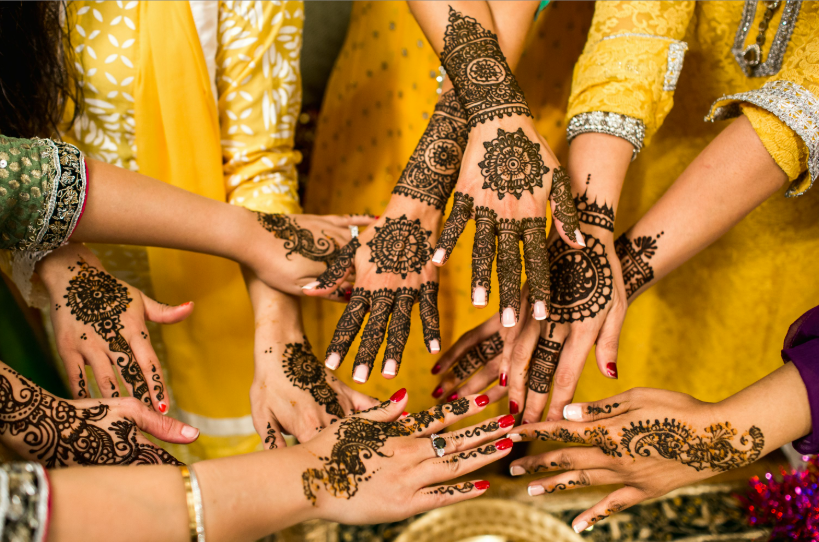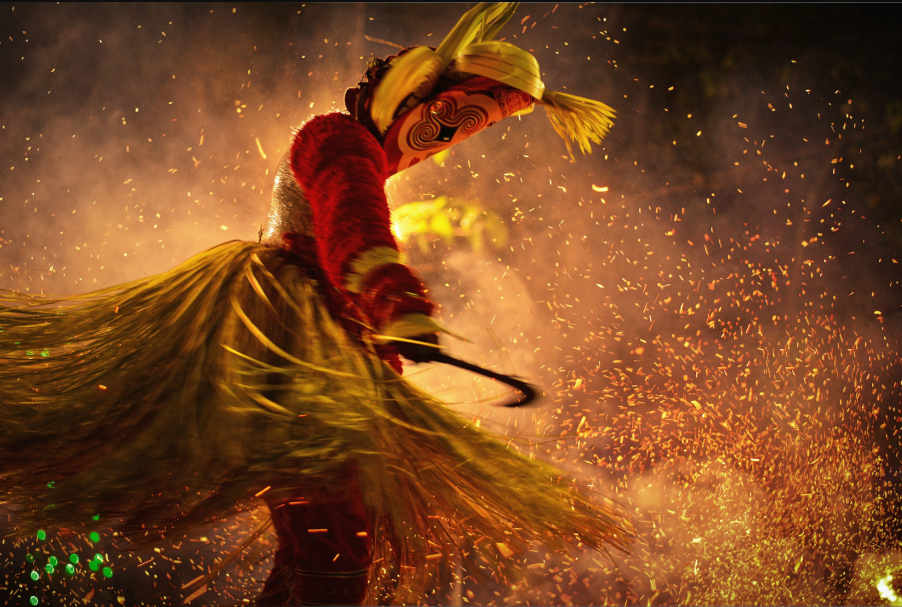
Introduction
Every community has its own unique way of life that connects people to their past. Roots and traditions are the foundation of culture, identity, and values. They help individuals understand where they come from and guide them in living a meaningful life. By exploring traditions, people are able to see how customs shape daily routines, festivals, family gatherings, and social connections. Roots and traditions may change over time, but they remain important for keeping communities united and connected to history.
The Importance of Roots and Traditions
Roots and traditions provide a sense of belonging. When people follow cultural practices, they feel part of a group that shares the same values and beliefs. For example, celebrating national festivals or observing religious customs helps create unity and respect among community members. These practices also teach discipline and gratitude, as people learn to honor the sacrifices made by their ancestors. Roots and traditions are not only about history; they also influence the present by guiding lifestyle choices, family structures, and ways of celebrating important life events.
Family and Social Connections
Family plays a major role in carrying forward roots and traditions. From childhood, individuals are taught stories, customs, and rituals that become part of their identity. For example, traditional meals prepared during festivals are passed down from one generation to another. Social gatherings, weddings, and community events provide opportunities to practice customs and strengthen bonds. Roots and traditions remind people of shared memories and help younger generations stay connected to their heritage.
Festivals and Celebrations
Festivals are one of the strongest reflections of roots and traditions. Every culture has its own celebrations, whether they are based on religion, history, or nature. These occasions often include traditional music, dances, clothing, and foods. They bring joy and give communities a chance to celebrate together. For example, harvest festivals show gratitude for crops, while national days remind people of their country’s history and struggles. Celebrations not only keep traditions alive but also teach younger generations about their cultural roots in a fun and memorable way.
Language and Storytelling
Language is an important part of roots and traditions. Many traditions are passed down through songs, poems, and stories. These stories often explain moral values, history, and lessons about life. Oral storytelling has been used for centuries to keep traditions alive. Even in today’s world, cultural stories are told through books, theatre, or digital platforms. Language also connects people to their ancestors, as many traditional sayings, proverbs, and expressions carry deep meaning and wisdom. Without language, many traditions would lose their true essence.
Arts, Crafts, and Clothing
Cultural roots can also be seen in arts, crafts, and traditional clothing. Handmade crafts, embroidery, pottery, and weaving reflect the creativity of ancestors and are often tied to specific regions. Clothing styles are another way roots and traditions are displayed. Traditional attire is usually worn during weddings, festivals, and cultural gatherings. Each design, fabric, or color often has a symbolic meaning that connects people to their community’s identity. Preserving these forms of art is essential for protecting cultural diversity.
The Role of Food
Food is one of the most loved aspects of roots and traditions. Traditional recipes carry family history and cultural meaning. Ingredients, cooking styles, and flavors often reflect the environment and resources of a region. For example, rice-based dishes are common in Asian cultures, while bread has significance in European traditions. Sharing meals during festivals and family events strengthens relationships and keeps culinary traditions alive. Recipes passed down through generations help people feel connected to their ancestors and cultural heritage.
Changing Traditions in Modern Times
In today’s fast-moving world, some traditions have changed while others have disappeared. Globalization, technology, and migration have influenced cultural practices. However, roots and traditions still hold importance. Many families try to balance modern lifestyles with traditional values by celebrating festivals, cooking cultural foods, or teaching children their native language. Even when people live far from their homeland, they often find ways to keep their traditions alive, such as joining cultural associations or teaching heritage practices in schools.
Preserving Roots and Traditions
It is important to preserve cultural roots for the future. Communities can do this by teaching children about customs, celebrating festivals, and supporting traditional art forms. Governments and organizations can also help by protecting historic sites, encouraging cultural education, and promoting heritage tourism. On a personal level, individuals can preserve roots and traditions by documenting family histories, practicing cultural rituals, and passing knowledge to future generations. These efforts ensure that traditions remain strong and continue to inspire people.
Conclusion
Roots and traditions connect the past with the present and guide people toward the future. They shape identity, provide belonging, and create unity in communities. Whether through family, festivals, language, food, or art, traditions help people stay connected to their heritage. Even as times change, roots and traditions continue to play a powerful role in reminding individuals of their values and cultural identity. Preserving and practicing them ensures that the richness of culture is not lost but passed on to future generations.


